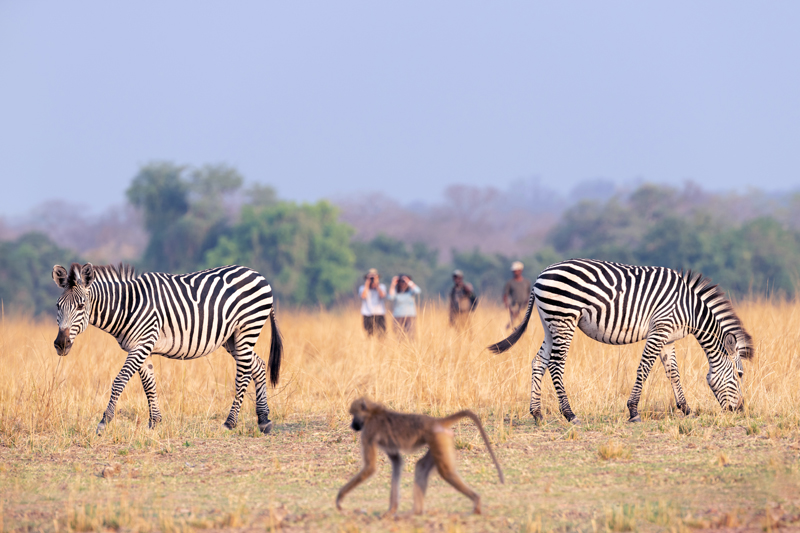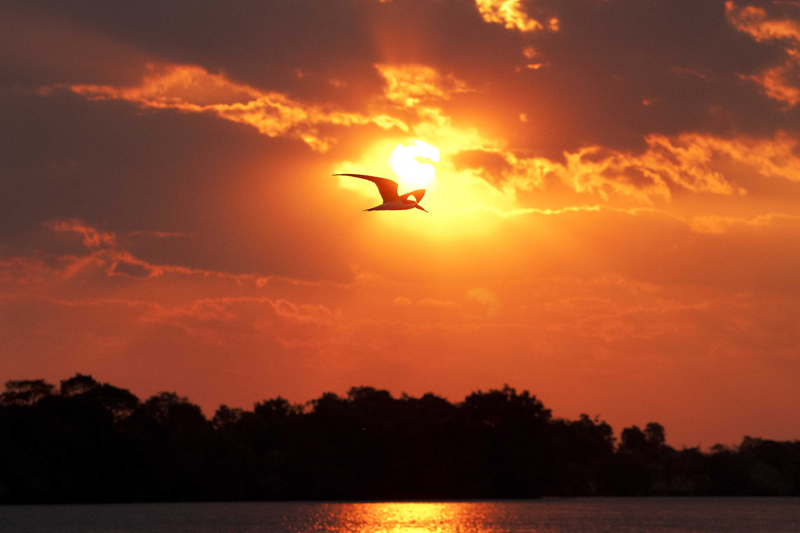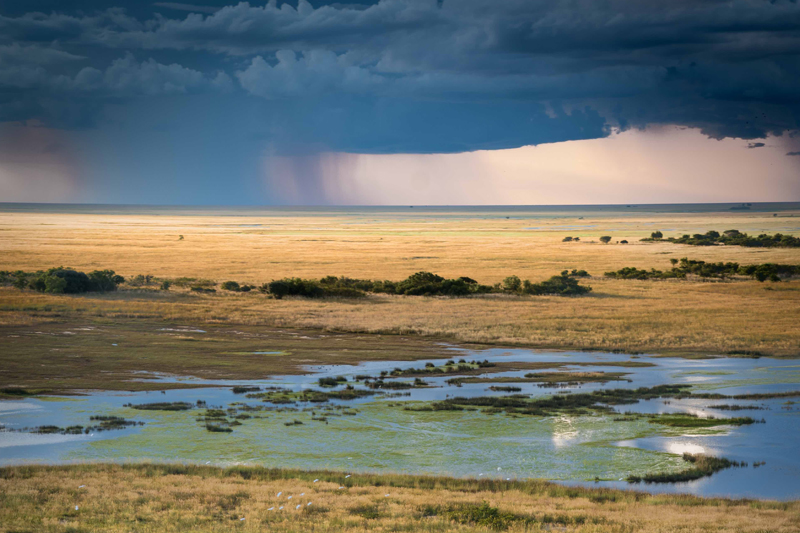Zambia Seasons & When to Travel
Zambia has very obvious wet and dry seasons which have a huge influence on game viewing.
The dry season is from April to October, with the rains falling from November through to March. Game viewing conditions from April to early June can be challenging, with the grasses still long and the trees in leaf (neither of which are ideal for walking). The conditions are better from late June through to October, when grasses and foliage have withered, dropped or been eaten, and animals are reliant on permanent water sources.
From August onwards (the height of the dry season) the landscape can look very harsh, but game viewing is superb. Migrant birds tend to start arriving in August. Late October/November brings the onset of the rainy season, often with heavy storms, and whilst game viewing can still be good, conditions can deteriorate very quickly.
During the rains (December to March), most safari areas are either closed, or offer significantly reduced game viewing experiences. However, birding is exceptionally good at this time of year and boating safaris are available once the Luangwa is in full flood. If you travel at this time, you are likely to enjoy a very exclusive safari and some fantastic birding, as well as a bit of rain!



There are various regional considerations to be aware of. In the South Luangwa Valley, game viewing roads are unlikely to be ‘graded’ until early June, making driving less comfortable and more restricted earlier in the season.
In Kafue National Park, the Busanga Plains (arguably the best area of Kafue to visit) are usually only accessible by vehicle from mid July onwards, when water levels have dropped enough, whilst the Lower Zambezi has a slightly longer season and can comfortably be visited from April though to November (though June to October is still best).
The Bangwuelu Swamps flood after the rains, from March through to June, allowing much better access to view the rare shoebill. November and December also offer more specialist wildlife viewing opportunities with the fruit bat migration taking place in Kasanka each November and Africa’s second greatest wildebeest migration taking place on the Liuwa Plains from November and December.
Victoria Falls can be seen in full flood during and after the rains, usually from March through to June. Viewing the raging torrent on foot at this time of year can be a rather ‘wet’ affair, and access to Livingstone Island (in the heart of the falls) is not possible. Views from the air are however spectacular at this time. From July onwards the water levels drop allowing safe access to Livingstone Island. From September to December, with lower water-levels, the full extent of the 1.7kms wide waterfall is more visible.
Temperature-wise, it is temperate (not too hot or cold) in April, May and late August/ early September. The mid-winter months from June through to late August are lovely and fresh, with clear sunny days but very cold evenings and early mornings. From late September onwards, temperatures rise significantly and it can get extremely hot during the day (up to 40C), remaining warm in the evenings. Following the onset of the rains in November, the summer months are usually slightly cooler (still in the top 30’s) but can be humid, particularly along the rivers.
BEST TIME FOR VIEWING WILDLIFE


